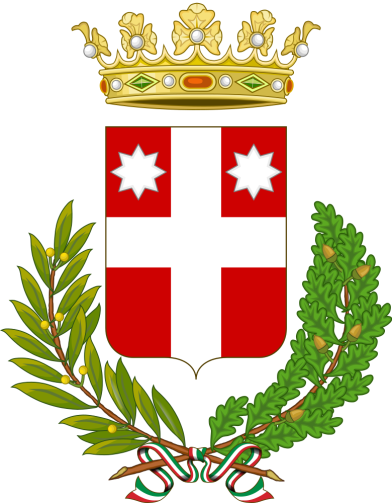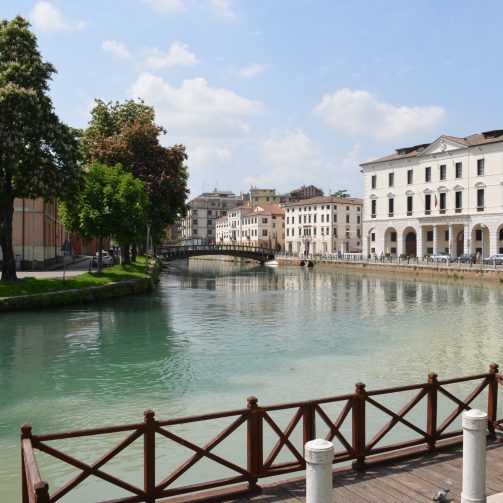In the heart of the Veneto region lies the Little Venice of the mainland, so called because of its intertwining of art, history and water.
The name Treviso may derive from the Latin Ter Visus (three views), recalling its origins as an early Venetian village of the 13th century B.C., built on three hills along the Sile River. Thanks to the many canals present–including the famous Cagnan, mentioned by Dante–the city soon became an important mercantile hub.
The present urban layout bears witness to its Roman past as a town hall. Its heyday came in the Middle Ages: first as a free municipality, then under the Signorie and finally as part of the Most Serene Republic of Venice.
The historic center is enclosed by 16th-century walls within which you can admire frescoed stately palaces, porticoes, churches and ancient mills. Among the most emblematic places: Calmaggiore, Piazza dei Signori
and the Buranelli.
Treviso boasts food and wine excellence, such as tiramisu, a world-famous dessert.



